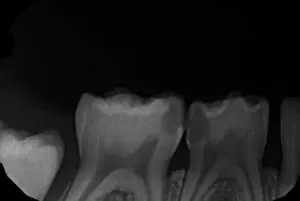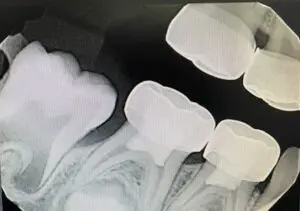Fillings
Composites are tooth-colored fillings. Composites consist of a resin matrix and chemically-bonded fillers. They are strong and esthetic and are ideal for small to moderate sized cavities. The color and shade of the filling is selected for every individual patient to match their teeth color. However, larger cavities may need full coverage restorations like crowns.
We do not perform silver fillings. We are a mercury free practice.
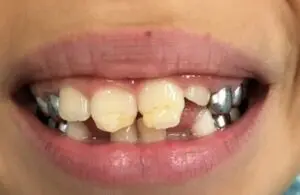
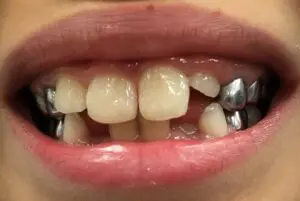
Crowns
Stainless steel crowns or SSCs, are prefabricated crown forms that are adapted to individual teeth and cemented with a biocompatible cement.
Crowns are used for the restoration of primary and permanent teeth.
Full coverage restoration of carious primary teeth may be performed when:
-
- Caries is present on multiple surfaces
- The tooth is broken
- Cervical decalcification or white/brown lesions along the gums are extensive
- Pulpal therapy (pulpotomy) is required
- Caries may be minor but oral hygiene is very poor
- The child’s behavior makes moisture control very difficult.
Zirconia crowns may be considered due to esthetic considerations.
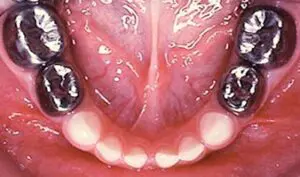
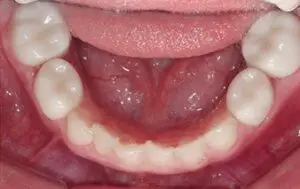
Pulpotomy
The pulp is the soft central core of tooth containing the nerves and blood vessels. A pulpotomy is performed in a primary tooth when:
-
- Pulp exposure occurs during decay removal in a tooth with a normal pulp
- Reversible swelling (called reversible pulpitis) of the tooth occurs, that can be resolved with treatment
- After pulp exposure due to tooth fracture or trauma
Pulpotomy is done in a tooth that has no infection or root resorption.
The coronal pulp or top part of the pulp is removed, pulp bleeding is controlled, and the remaining vital root part of the pulp tissue is treated with a long-term clinically-successful medicament.
The purpose of the pulpotomy is to prevent infection or further damage to a tooth and maintain the tooth in its position until it gets replaced by a permanent tooth or a more stable restoration.
